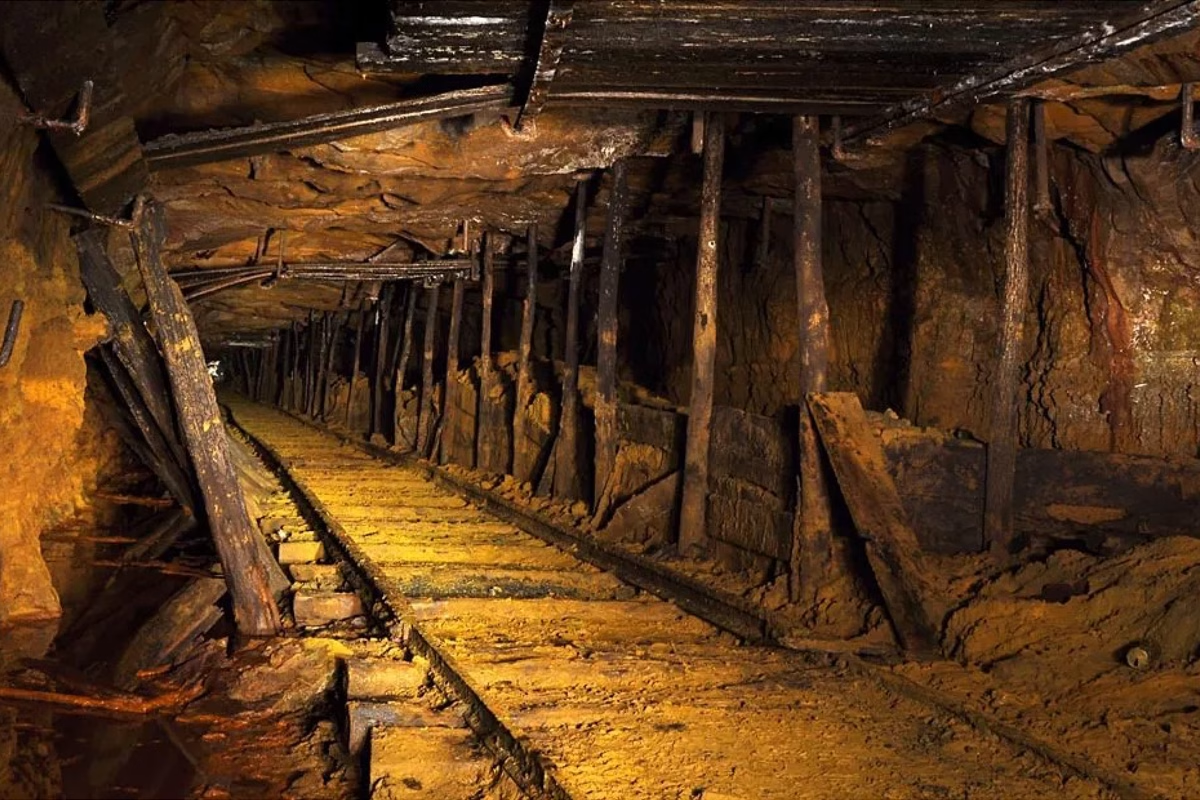
LONGi Unveils Dual World Records at SNEC 2025, Redefining Photovoltaic Efficiency Standards
July 1, 2025
CPEC Phase-II to Strengthen Pakistan-China Partnership
September 4, 2025Nearly 300 GW of Solar Could Be Installed on Former Coal Mine Sites by 2030, Says Global Energy Monitor
A new report from Global Energy Monitor reveals that closed coal mines present a major opportunity for solar energy expansion. The study identifies nearly 300 GW of potential solar capacity on lands impacted by coal mining activities, based on mines that have already closed since 2020 and those set to close by 2030.
The transition from coal to solar is accelerating worldwide. In 2024 alone, a record-breaking 599 GW of solar capacity was installed, pushing the global total past 2 TW, with an additional 2 TW in development.
According to the report, coal mine sites closed since 2020 could support 103 GW of solar power, while mines scheduled to shut down by 2030 offer a further 185 GW of potential. Combined, this 288 GW of potential capacity could supply electricity equivalent to the annual needs of a major economy such as Germany.
The report highlights that this coal-to-solar transition could also create significant employment opportunities, estimating 259,700 permanent solar jobs—five times the size of the current U.S. coal workforce. In total, 317,500 jobs could be supported, surpassing the global coal job losses expected by 2035.
“Developing solar on former mine lands is more than just environmental cleanup—it’s a chance to meet clean energy targets while creating local jobs,” said report authors Cheng Cheng Wu and Ryan Driskell-Tate.
The trend is already gaining momentum in countries like China, where 90 coal mine-to-solar projects are operational, contributing 14 GW, with an additional 9 GW underway.
A key advantage of these sites is their proximity to existing infrastructure. The report found that 96% of recently closed mines are located within 10 kilometers of transmission lines or substations, reducing grid connection costs.
With 3,800 mines currently responsible for 95% of global coal output, and 33 countries committed to phasing out coal, the report notes a significant opportunity for large-scale land reuse. In the U.S. alone, 217 mines closed or set to close by 2030 represent around 988 square kilometers of land viable for solar deployment.
Around one-third of the 438 identified global mine sites are best suited for smaller-scale community solar projects (1–5 MW), while nearly 70% have the land area to host utility-scale solar farms above 50 MW. More than 200 sites are estimated to support solar projects exceeding 100 MW.
However, the report cautions that despite the vast technical potential, real-world development depends on resolving legal, ecological, and logistical challenges—particularly related to complex land ownership and site remediation. Costs are another factor, with solar development on former mine lands often exceeding the average $1.5 million per MW for greenfield sites, due to the need for soil stabilization, grading, and infrastructure upgrades.
Still, the report concludes that repurposing mine lands for solar is a promising path forward, offering a way to align environmental restoration with economic revitalization in regions historically dependent on coal.




